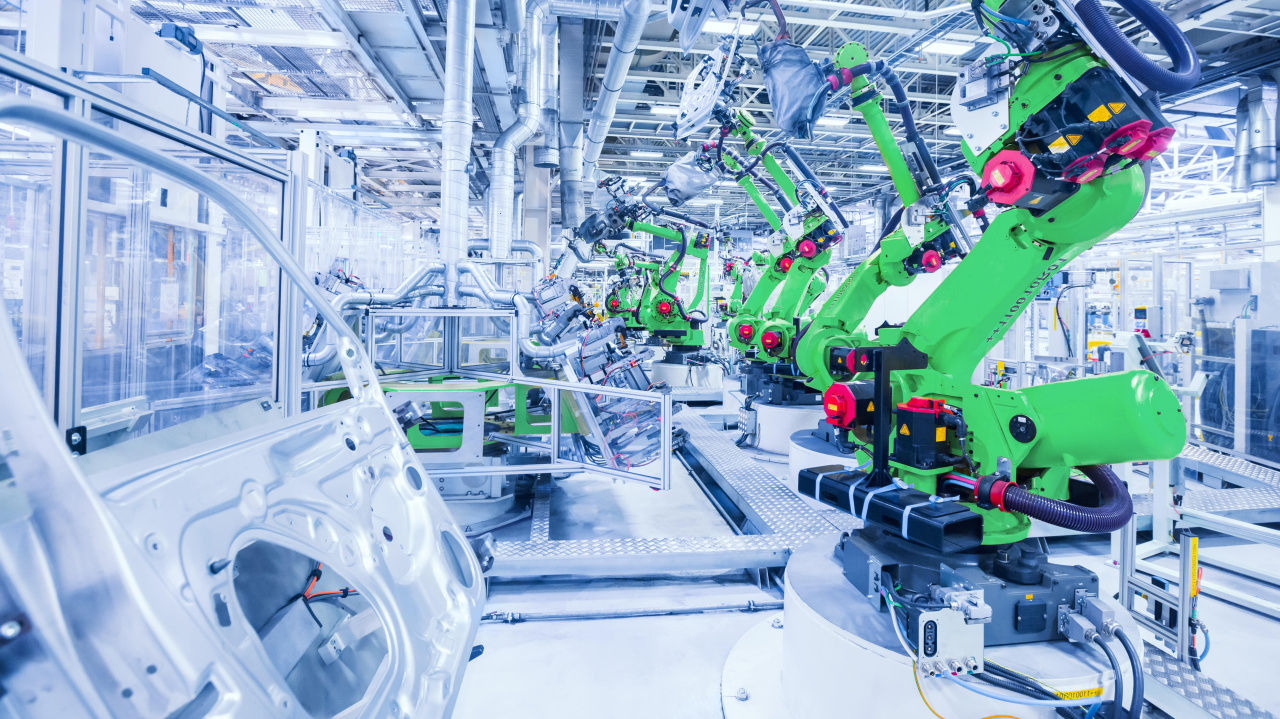In the dynamic world of manufacturing finance, the concept Pay-per-Use Equipment Finance is emerging. It is changing conventional models of financing and providing businesses with incredible flexibility. Linxfour is at the forefront this revolution by leveraging Industrial IoT in order to create a new era of finance that is beneficial to both equipment manufacturers and operators. We Delves into the intricacies of Pay per Use financing, the impact it has on sales in difficult circumstances and how it changes accounting practices by shifting the focus from CAPEX to OPEX, unlocking off the responsibilities of a balance sheet under IFRS16.
Pay-per-Use Financing: The Potential of It
Pay-per-use financing can be a game changer for companies. Businesses pay according to actual usage of the equipment instead of rigid fixed payments. Linxfour’s Industrial IoT integration ensures accurate monitoring of usage, ensuring transparency and eliminating extra costs or penalties when the equipment is not being used to its fullest. This new approach provides greater flexibility in managing cash flow, which is particularly essential during times when demand fluctuates and revenues are at a low level.
Impact on sales and business conditions
The overwhelming consensus of equipment makers is proof of the effectiveness of Pay-per-Use financing. The majority of them believe that this method can boost sales even under challenging business conditions. This ability to directly connect costs to the use of equipment not only attracts companies looking to optimize their spending, but also creates an appealing scenario for manufacturers who can offer more appealing financing options to their clients.
Accounting Transformation: From CAPEX to OPEX
The accounting aspect is a major difference between traditional leases as well as Pay-per-Use finance. Companies undergo a massive change when they shift from capital expenses (CAPEX), to operating costs (OPEX) with Pay per Use. This has a huge impact on financial reporting. It offers an improved picture of the expenses associated with revenue.
Unlocking Off-Balance Sheet Treatment under IFRS16
Pay-per Use financing offers an advantage over traditional financing in that it allows for an off-balance sheet treatment. This is a crucial aspect of International Financial Reporting Standard 16(IFRS16). Businesses can cut out these debts through the conversion of equipment financing costs. This approach not only minimizes the risk to financials, but lowers the barriers to investing. It’s an appealing option for businesses searching to create a more flexible financial structure.
Enhancing KPIs and TCO in the event of over-utilization
Pay-per-Use models, along with being free of balance sheet, also contribute to improving important performance indicators (KPIs) including cash flow free and Total Cost Ownership (TCO) especially in cases of under-utilization. Traditional leasing models often pose difficulties when equipment does not meet the expectations of utilization rates. With Pay-per-Use, businesses do not have to deal with fixed costs for assets that aren’t being used which can improve their financial performance as well as increasing overall efficiency. See more at Equipment as a service
Manufacturing Finance: The Future
While businesses struggle to face the challenges of a rapidly changing economic environment, innovative financing models such as Pay-per-Use are helping to pave the way for a more flexible and resilient future. Linxfour’s Industrial IoT approach benefits not only manufacturers and equipment operators however, it also aligns with the growing trend of businesses searching for sustainable and flexible financing solutions.
Conclusion: The introduction of Pay-per Use financing along with the transition of accounting from CAPEX into OPEX as well as the off balance sheet treatment under IFRS16 is an important shift in the world of manufacturing finance. Companies are looking for cost-efficiency and financial flexibility. Adopting this new finance model is essential to remain ahead of the curve.

